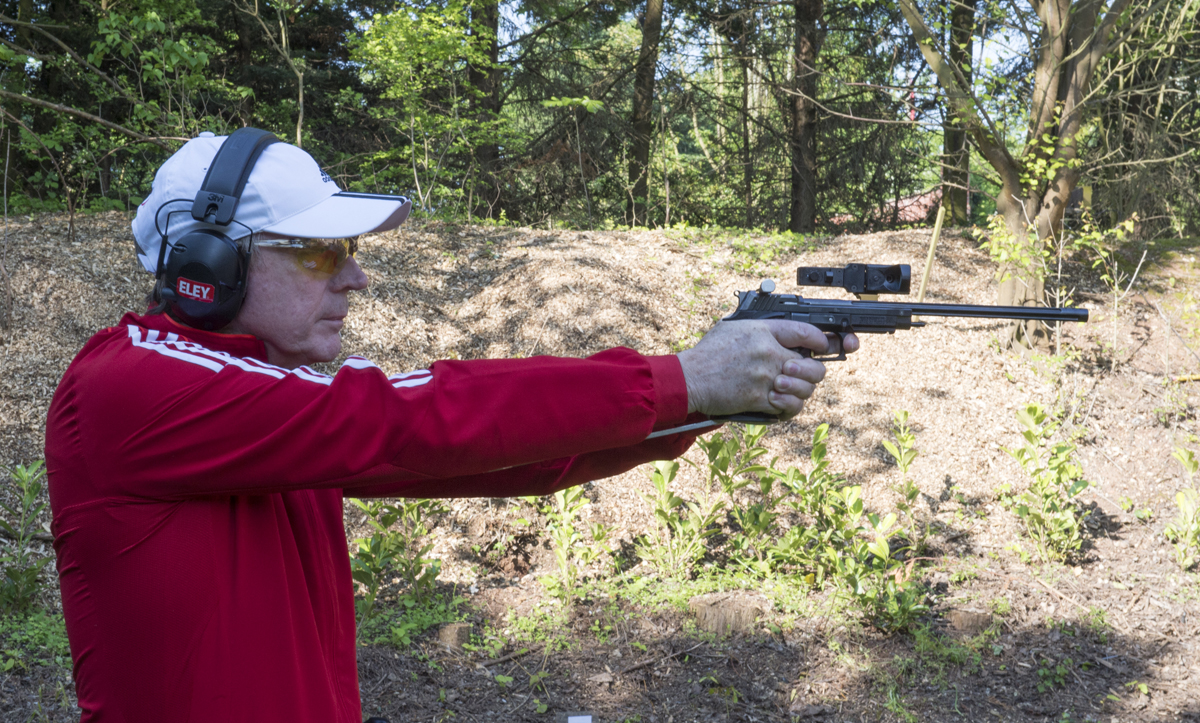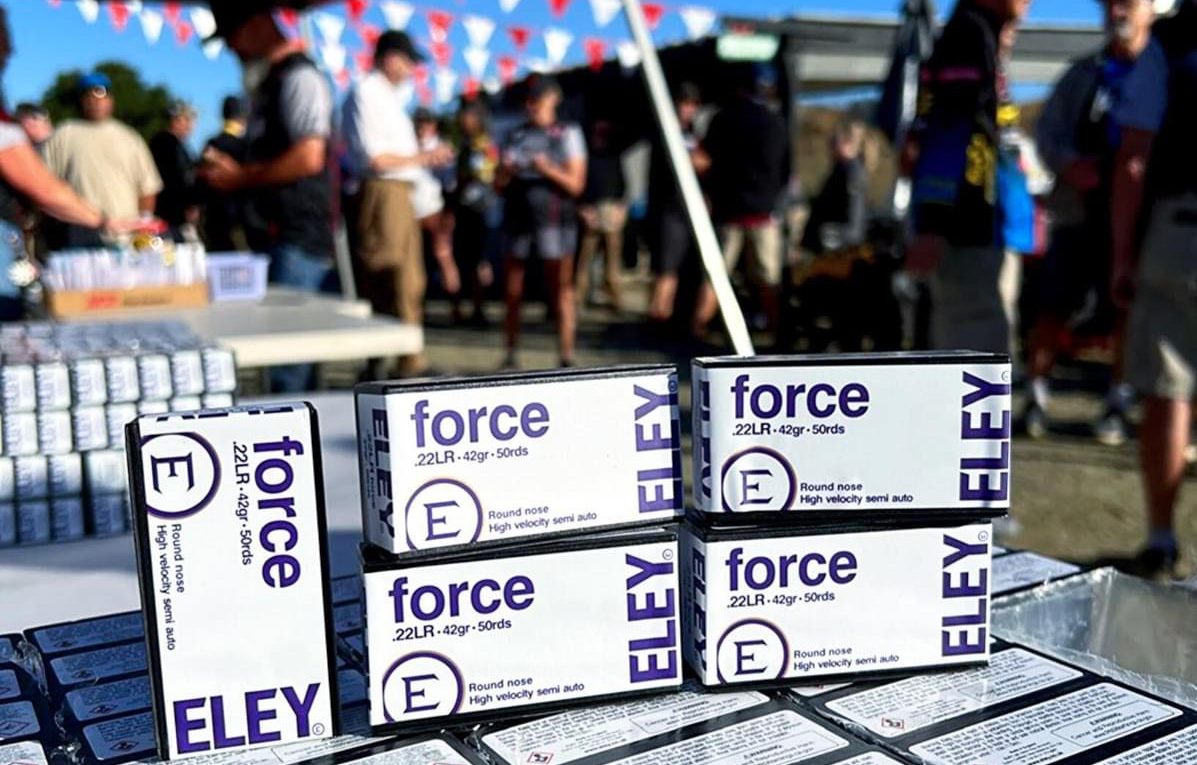Practical pistol 101 – competition
The UK’s practical shooting scene is a fast-paced and highly competitive action target sport. The tools of the trade are lever-release rifles, mini rifles in 22LR, and semi-auto long barreled pistols (LBP) also using Rimfire ammunition. One of the UK’s top shooters in the LBP discipline is Mark Derbyshire. In the first of a two part series Mark describes the typical competition format.
“An LBP competition is made up of a number of stages with targets in different layouts – the ‘courses of fire’. Doorways, obstacles and defined shooting areas are used to engage the targets, each needing two hits to count. The total score is divided by the time taken to complete the course, to come up with a hit factor. The quicker the better then, as long as you don’t miss!
A stage begins with the ‘are you ready, standby’ command from the Range Officer, then you wait for the beep from the shot timer. A good shooter will get the first shot on target within one second, with top competitors 0.8 or even quicker for a central full scoring hit.
As you move around the range between shooting positions the muzzle direction is very carefully controlled, always pointing safely towards the back stop, with the trigger finger outside of the guard. At the next position the pistol is up and ready to acquire the next set of targets. Finger on the trigger and shoot, watching for the red dot sight to come back after each shot, using muscle memory to instinctively hit the target again. Trigger control is critical to avoid snatching shots or pulling them into lower scoring zones on the target, or even missing. At the end of the course of fire the Range Officer will check clear, then it’s safe to holster the pistol and check your score.
When practising I always use a shot timer. The time taken is a critical part of the sport and without a shot timer I may as well practice without a target. I also have a set of drills to hone the skills required and practice the more challenging sections – usually long range or obscured targets. This helps me place the dot on target more consistently, whether at 5m or 35m.
One of the most appealing aspects of this discipline is the variety. The layouts change constantly, and it’s up to the shooter to decide the order in which they are shot, adding a new layer of strategy.”
Check back next week to read the second of Mark’s articles focusing on the pistols, holsters and sights used in the sport.





